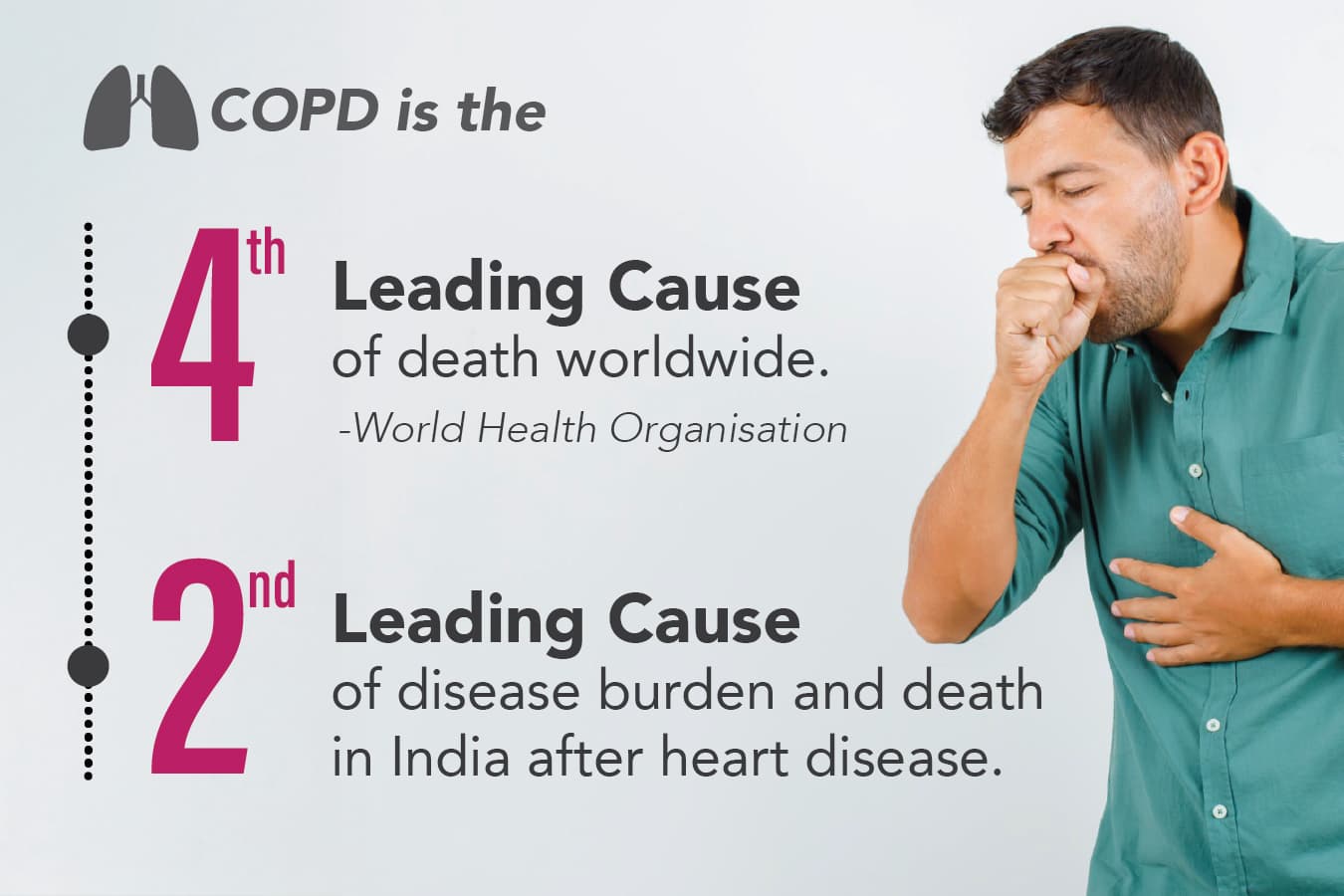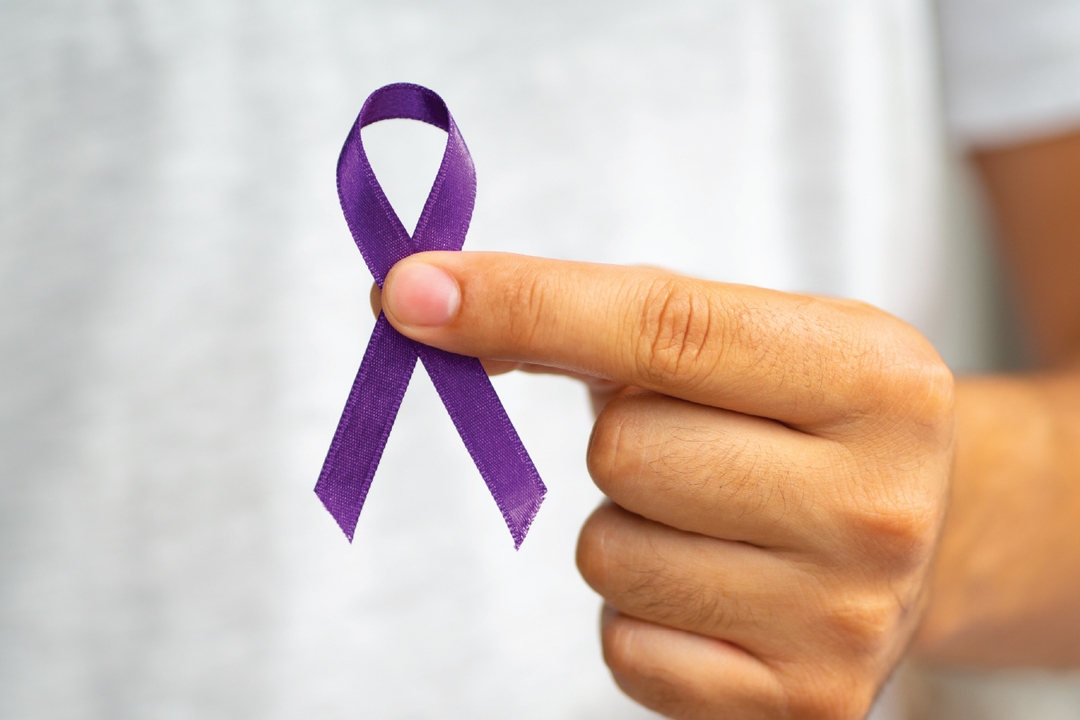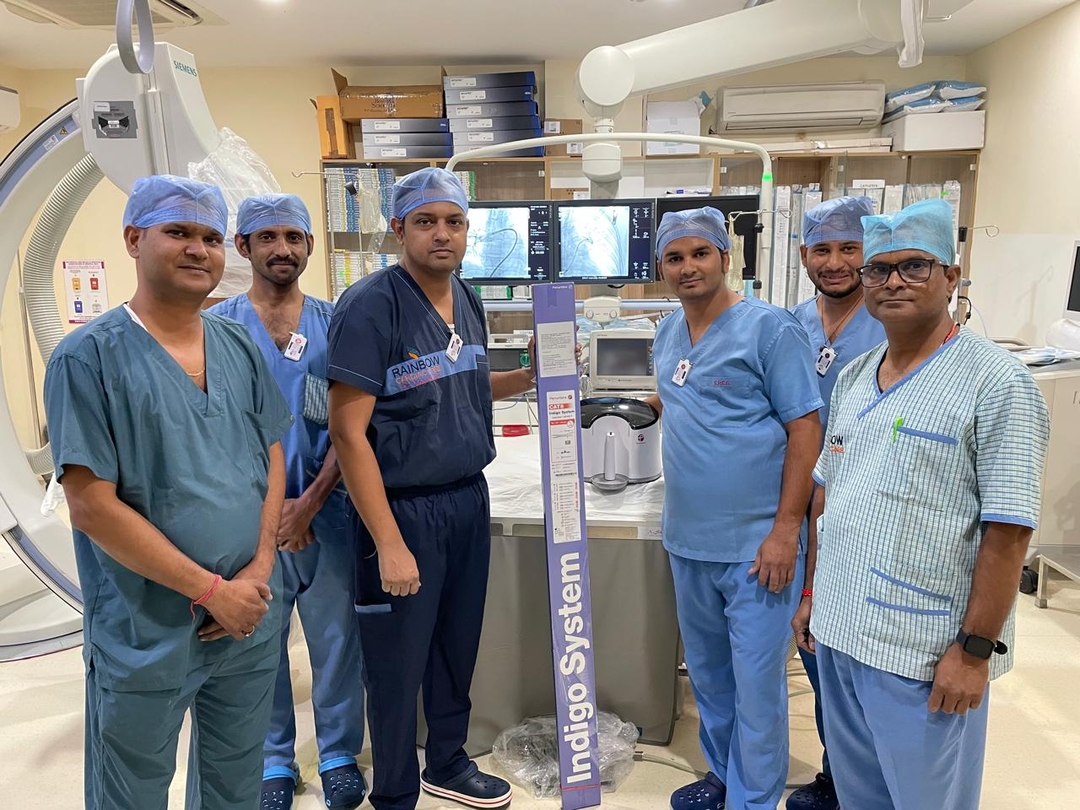
Air Pollution Increasing COPD Risk for Everyone
By Priyambda Sahay
Reviewed by : Ujala Cygnus
The current air pollution crisis is putting everyone at greater risk of developing Chronic Obstructive Pulmonary Disease (COPD). With rising levels of toxic particulate matter and harmful gases, even short-term exposure can irritate the lungs and worsen breathing issues. For people with existing respiratory conditions, the danger is even higher; even healthy individuals are not immune either. Consistent exposure over time can lead to chronic inflammation, reduced lung function, and long-term respiratory disease. As air quality continues to decline, it’s crucial to stay informed, take preventive measures, and prioritise lung health, not just for vulnerable groups, but for all of us.
COPD is a condition that usually goes unnoticed in the early stages but gradually becomes serious over time. Unlike other respiratory diseases, COPD generally does not affect children or youngsters; however, after the age of 40, it is important to stay alert—especially if you have a habit of smoking cigarettes or bidis. Smoking not only obstructs the air passages in the lungs but also weakens them from within, eventually leading to severe stages of COPD. Chronic bronchitis and emphysema are the main types of COPD. Also, people with unmanaged asthma may have a higher risk of developing COPD. With changing lifestyles, this disease has become increasingly common. According to world health organisations COPD is the fourth leading cause of death worldwide. In 2021, it caused 3.5 million deaths, which is approximately 5% of global deaths. COPD is a progressive, irreversible disease with no current cure. Management focuses on slowing progression, controlling symptoms, and improving quality of life by taking measures: quitting smoking, avoiding air pollution, with a healthy lifestyle, and taking medicine.
What’s important to understand is that once COPD develops, it cannot be reversed. Although medications and lifestyle changes can help manage and control the condition, it cannot be completely cured. This is why doctors consider cigarette smoke, bidi smoke, and the fumes from traditional cooking stoves to be the biggest risk factors for COPD.
Limiting exposure to air pollution, using protective masks, staying physically active, maintaining a healthy diet, and taking prescribed medications including inhalers are essential steps. If you want to check your lung function, a test called spirometry is used to measure how well the lungs work. However, the limited availability of spirometry means many people miss an early diagnosis. Also, COPD can be diagnosed through a Lung Function Test, also known as the Pulmonary Function Test (PFT).
Doctors also strongly recommend flu and pneumococcal vaccinations for individuals with COPD, as they are more vulnerable to pneumonia and sudden flare-ups. These vaccines help prevent infections, reduce exacerbations, and protect lung health. Some patients may require oxygen therapy to maintain adequate blood oxygen levels. In advanced cases, surgical options such as lung volume reduction surgery or lung transplantation may be considered.
Dr. B. L. Goyal, Pulmonologist at Ujala Cygnus Super Speciality Hospital, Rewari, explains that with changing lifestyles and rising pollution levels, COPD has become increasingly common. It is a long-term lung condition that often goes unnoticed in the early stages but gradually becomes more serious. Unlike many other respiratory illnesses, COPD is rarely seen in children. The risk increases significantly after the age of 40, especially among individuals who smoke cigarettes or bidi. Smoking damages the airways and air sacs in the lungs, restricting airflow and weakening lung function, which can eventually lead to advanced COPD. Globally, the burden of respiratory diseases remains among the highest of all health conditions and is a leading cause of death.
Dr. Goyal emphasises that COPD cannot be reversed once it develops. While medications and lifestyle modifications can help control symptoms and slow disease progression, there is currently no cure. This makes it vital to avoid cigarette smoke, bidi smoke, and even household smoke from traditional cooking stoves, all of which are major risk factors.
Diagnosis and Symptoms
COPD is diagnosed using a simple and effective test called the Lung Function Test or Pulmonary Function Test (PFT), which measures how well the lungs are working and helps determine the severity of the condition.
Common symptoms of COPD:
Shortness of breath, especially during physical activity
Feeling unusually tired
Chronic cough
Cough with mucus
Wheezing
Chest tightness
Fatigue
Frequent respiratory infections
Several illnesses and complications can worsen COPD, such as pneumonia, lung infections, lung cancer, weak respiratory muscles, depression, and anxiety.
Do You Use Energy Saving Techniques?
For better lifestyle management with COPD, break daily tasks into small, manageable steps and use energy-saving techniques wherever possible. For example – while cooking, avoid exposure to smoke, pollutants, and extreme temperatures.
Use your prescribed inhaler before starting activities that may strain your breathing and incorporate regular exercise into your routine.
Participating in a structured pulmonary rehabilitation program which may include walking, cycling, and strength-building exercises can significantly improve stamina and overall lung function.
Breathing exercises such as pursed-lip breathing and diaphragmatic (belly) breathing are highly effective for controlling breathlessness. They help slow your breathing, keep airways open longer, and strengthen the diaphragm.
Aim for 20–30 minutes of aerobic activity, such as walking or stationary cycling, three to four times a week to improve lung capacity. Light strength training also helps enhance muscle strength.
Along with exercise, maintaining a balanced diet, staying hydrated, and getting proper rest are essential. These lifestyle habits collectively support better lung health and significantly improve the quality of life for individuals living with COPD.
FAQ
What is COPD?
COPD is a long-term lung condition that often goes unnoticed in the early stages but gradually becomes more serious. It is a long-term, obstructive lung disease which obstructs the outflow of air from the lung and makes it hard for the patient to breathe. COPD is a progressive disease, getting worse over time, also sometimes difficult to diagnose.
Is COPD curable?
No, there is no cure for COPD. It cannot be reversed once it develops. It is a progressive disease, getting worse over time. While medications and lifestyle changes can help control symptoms and slow disease progression. It is a long-term, obstructive lung disease which obstructs the outflow of air from the lung and makes it hard for the patient to breathe.
Who is most affected by COPD?
Unlike many other respiratory illnesses, COPD is rarely seen in children. The risk increases significantly after the age of 40, especially among individuals who smoke cigarettes or bidi. Smoking damages the airways and air sacs in the lungs, restricting airflow and weakening lung function, which can eventually lead to advanced COPD.
What are the symptoms of COPD?
The common symptoms of COPD are Shortness of breath, especially during physical activity, Feeling unusually tired, Chronic cough, Cough with mucus, Wheezing, Chest tightness, Fatigue, Frequent respiratory infections etc.
How can we protect ourselves from COPD?
To protect yourself from COPD, it’s important to reduce exposure to the major risk factors and adopt healthy habits that support long-term lung health. Here are some key steps:
Quit smoking and avoid secondhand smoke
Limit exposure to air pollution
Avoid occupational dust and chemical fumes
Keep your surroundings clean and well-ventilated
Stay physically active
Get vaccinated
Eat a balanced diet
Seek regular medical check-ups
How can someone improve their quality of life while living with COPD?
For better lifestyle management with COPD, break daily tasks into small, manageable steps and use energy-saving techniques wherever possible. For example – while cooking, avoid exposure to smoke, pollutants, and extreme temperatures. Use your prescribed inhaler before starting activities, participating in a structured pulmonary rehabilitation program, use breathing exercises such as pursed-lip breathing and diaphragmatic (belly) breathing, aim for 20–30 minutes of daily aerobic activity, balanced diet, staying hydrated, and getting proper rest are essential to improve the quality of life for individuals living with COPD.
If you have any questions related to COPD, you can consult a Pulmonologist at your nearest Ujala Cygnus Hospital or email our health experts at askadoctor@ujalacygnus.com
Loading...











